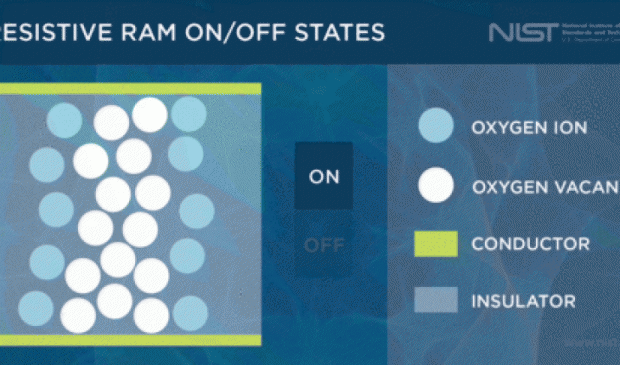
Breaking News
 Quantum walkie-talkie: China tests world's first GPS-free radio for border zones
Quantum walkie-talkie: China tests world's first GPS-free radio for border zones
 RIGHT NOW!: Why was lawyer Van Kessel, of the civil case on the merits in the Netherlands, arrested?
RIGHT NOW!: Why was lawyer Van Kessel, of the civil case on the merits in the Netherlands, arrested?
 PENSION FUNDS PANIC BUYING SILVER – Ratio Below 60 Triggers $50B Wave (Danger Next Week)
PENSION FUNDS PANIC BUYING SILVER – Ratio Below 60 Triggers $50B Wave (Danger Next Week)
 Dollar set for worst year since 2017, yen still in focus
Dollar set for worst year since 2017, yen still in focus
Top Tech News
 EngineAI T800: Born to Disrupt! #EngineAI #robotics #newtechnology #newproduct
EngineAI T800: Born to Disrupt! #EngineAI #robotics #newtechnology #newproduct
 This Silicon Anode Breakthrough Could Mark A Turning Point For EV Batteries [Update]
This Silicon Anode Breakthrough Could Mark A Turning Point For EV Batteries [Update]
 Travel gadget promises to dry and iron your clothes – totally hands-free
Travel gadget promises to dry and iron your clothes – totally hands-free
 Perfect Aircrete, Kitchen Ingredients.
Perfect Aircrete, Kitchen Ingredients.
 Futuristic pixel-raising display lets you feel what's onscreen
Futuristic pixel-raising display lets you feel what's onscreen
 Cutting-Edge Facility Generates Pure Water and Hydrogen Fuel from Seawater for Mere Pennies
Cutting-Edge Facility Generates Pure Water and Hydrogen Fuel from Seawater for Mere Pennies
 This tiny dev board is packed with features for ambitious makers
This tiny dev board is packed with features for ambitious makers
 Scientists Discover Gel to Regrow Tooth Enamel
Scientists Discover Gel to Regrow Tooth Enamel
 Vitamin C and Dandelion Root Killing Cancer Cells -- as Former CDC Director Calls for COVID-19...
Vitamin C and Dandelion Root Killing Cancer Cells -- as Former CDC Director Calls for COVID-19...
 Galactic Brain: US firm plans space-based data centers, power grid to challenge China
Galactic Brain: US firm plans space-based data centers, power grid to challenge China
Closer to Flash Memory Successor

Nonvolatile memory is already familiar as the basis for flash memory in thumb drives, but flash technology has essentially reached its size and performance limits. For several years, the industry has been hunting for a replacement.
RRAM could surpass flash in many key respects: It is potentially faster and less energy-intensive. It also could pack far more memory into a given space—its switches are so small that a terabyte could be packed into a space the size of a postage stamp. But RRAM has yet to be broadly commercialized because of technical hurdles that need addressing.
RRAM switches are flipped on and off by an electrical pulse that moves oxygen ions around, creating or breaking a conductive path through an insulating oxide. NIST research shows that shorter, less energetic pulses are more effective at moving the ions the right amount to create distinct on/off states, potentially minimizing the longstanding problem of state overlap that has kept RRAM largely in the R&D stage. Credit: Hanacek and Nminibapiel/NIST
One hurdle is its variability. A practical memory switch needs two distinct states, representing either a one or a zero, and component designers need a predictable way to make the switch flip. Conventional memory switches flip reliably when they receive a pulse of electricity, but we're not there yet with RRAM switches, which are still flighty.



